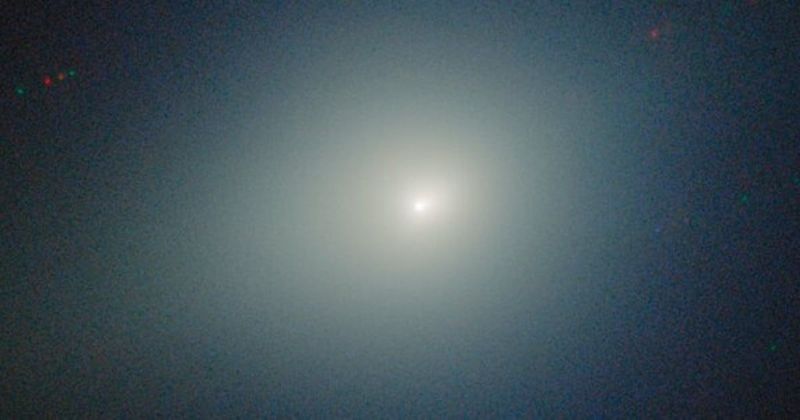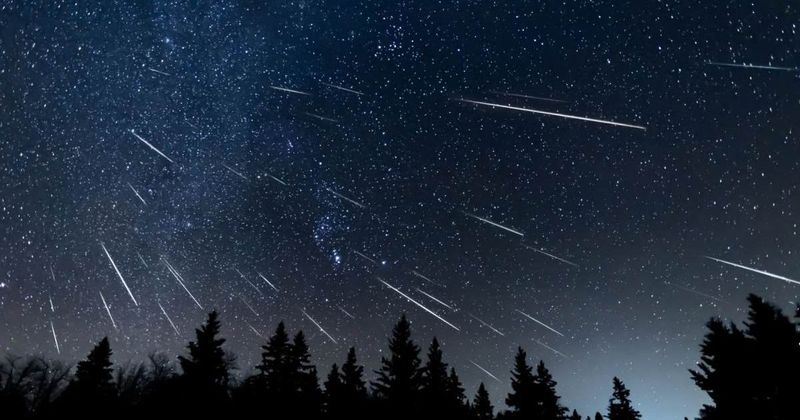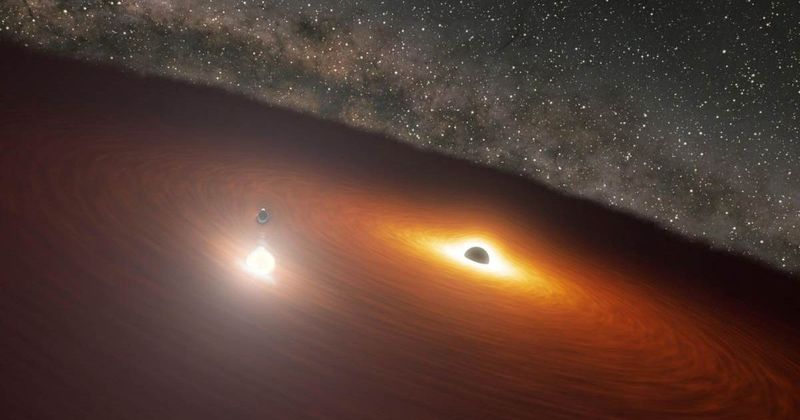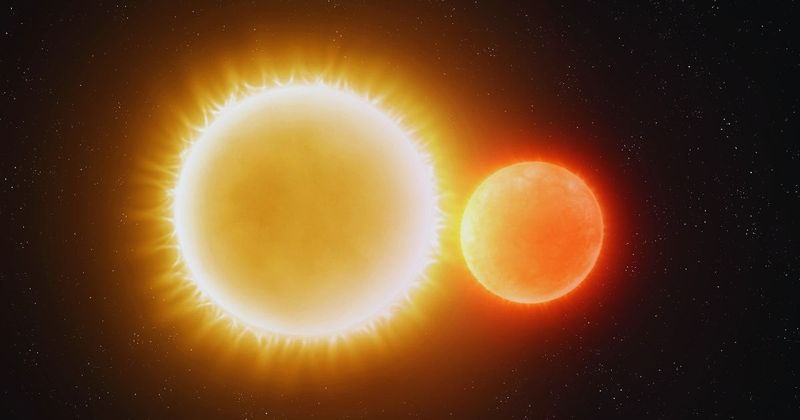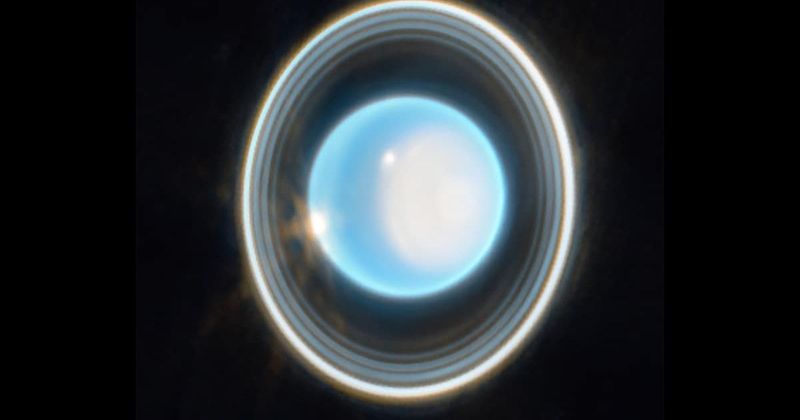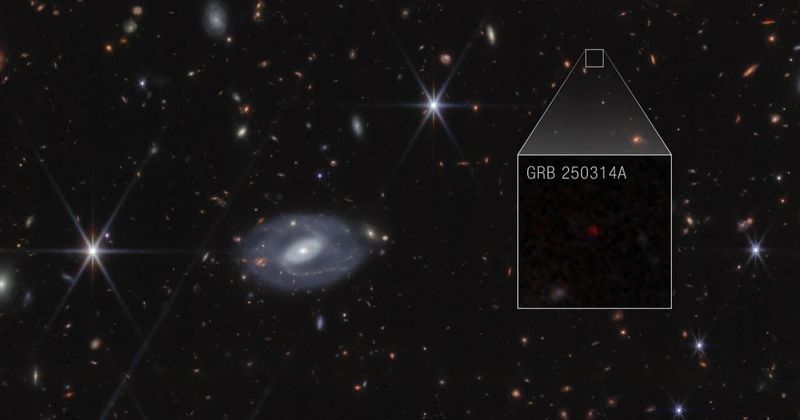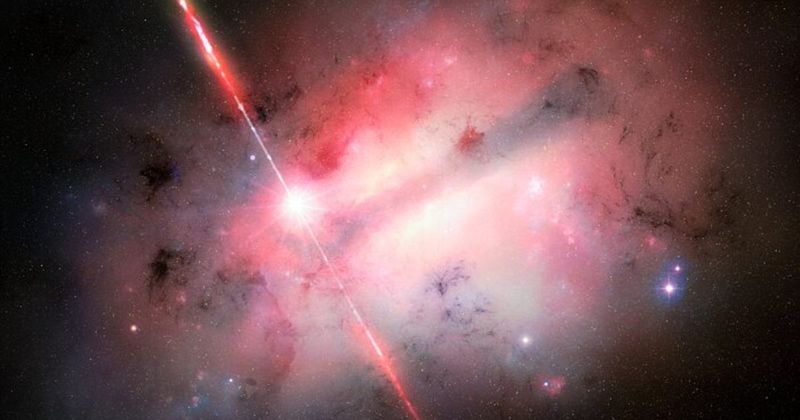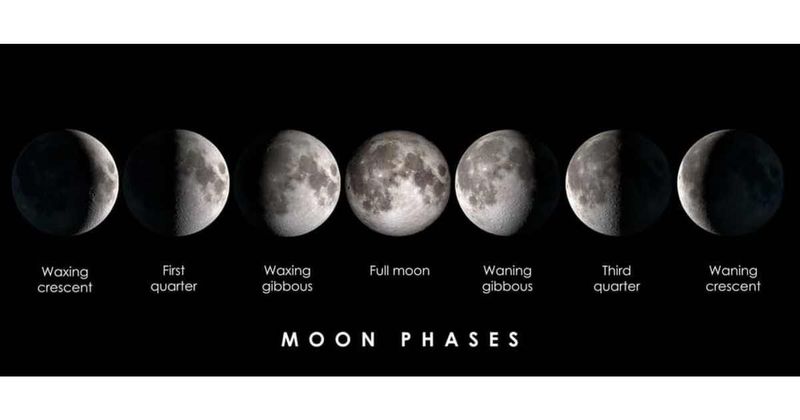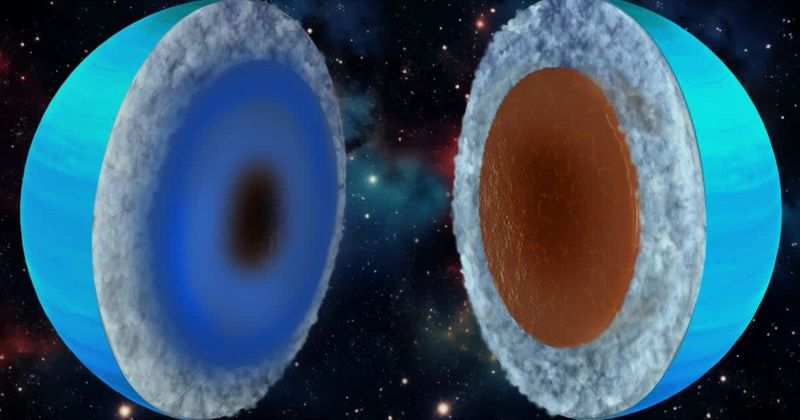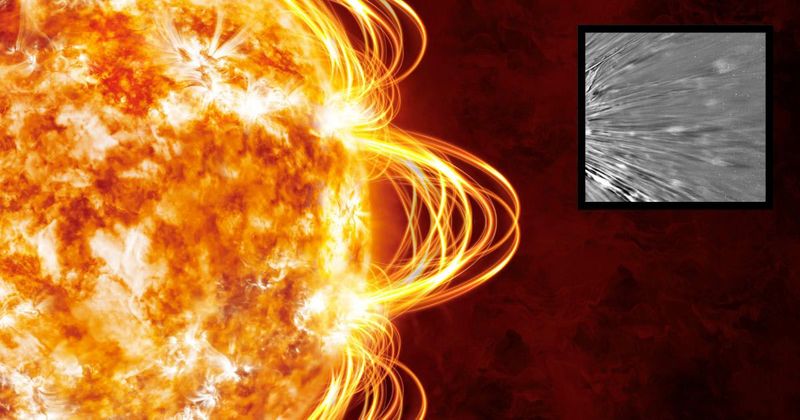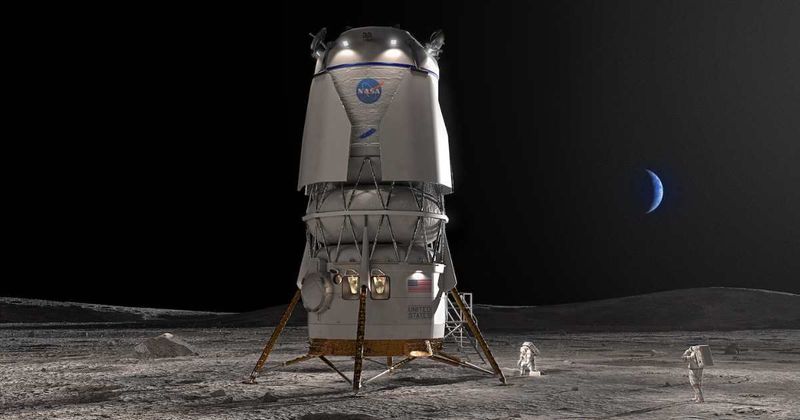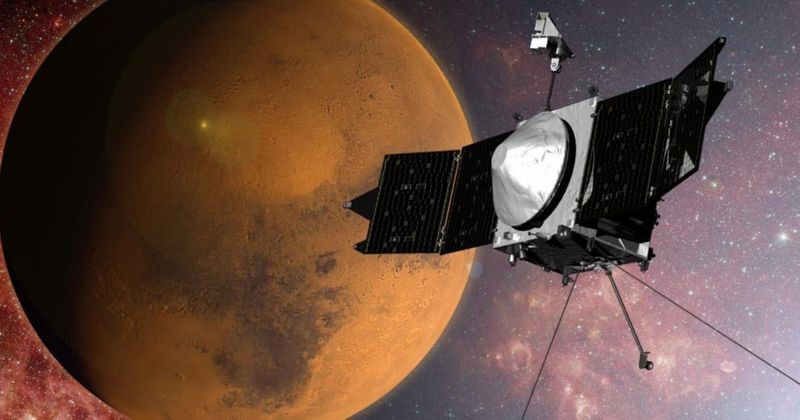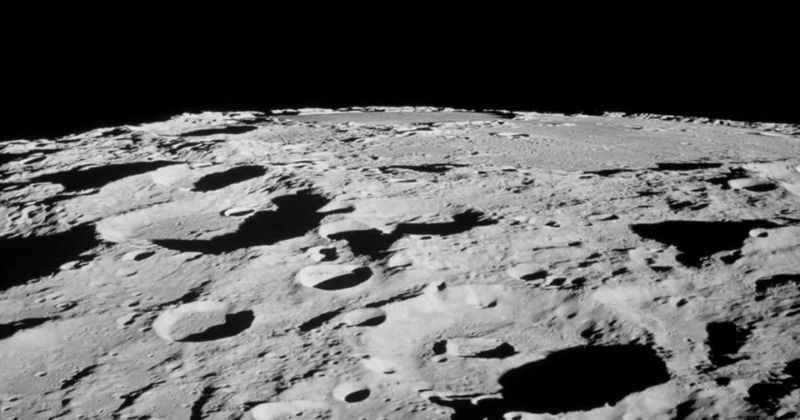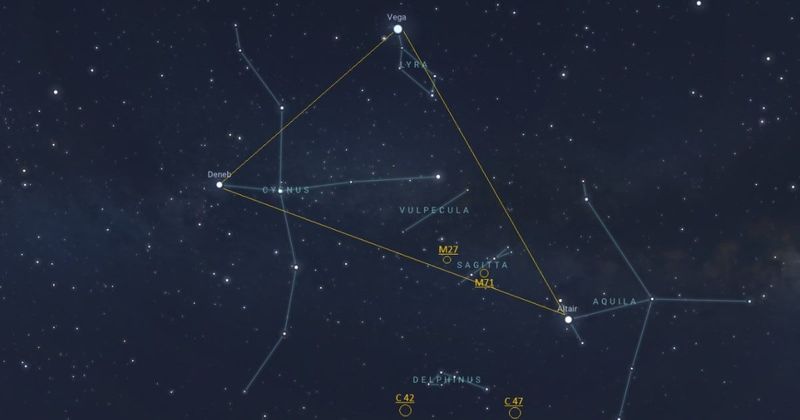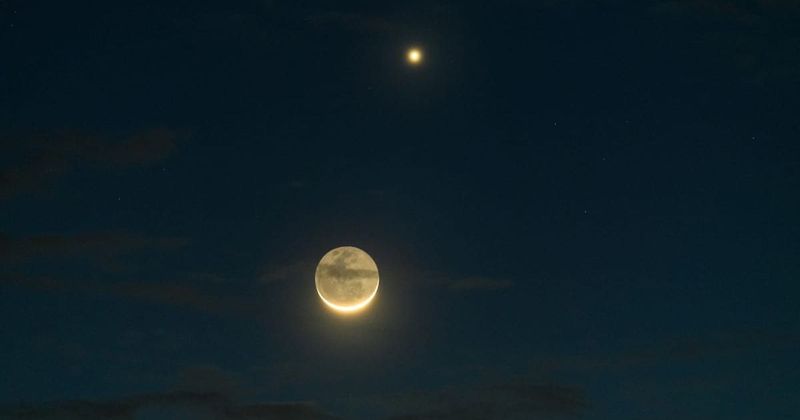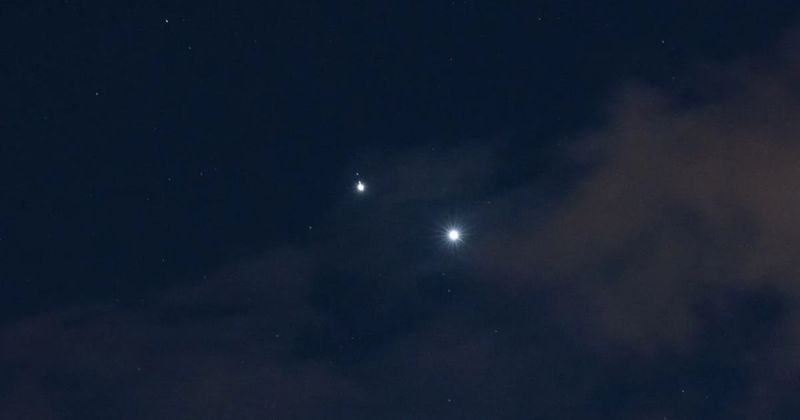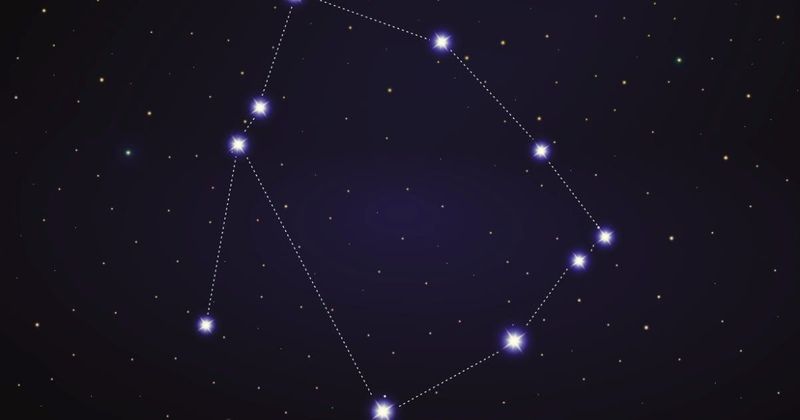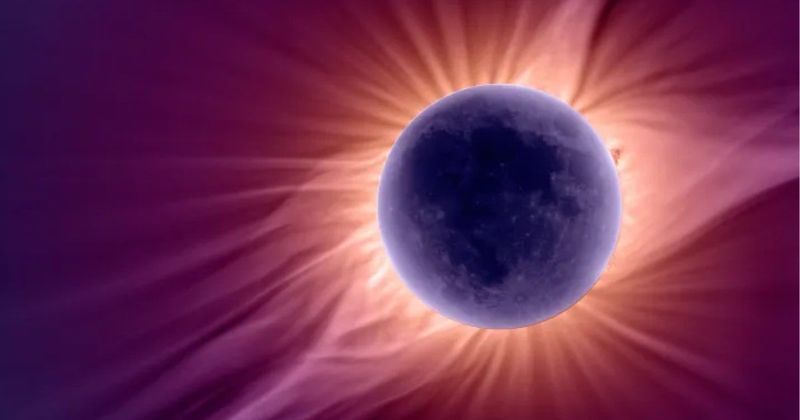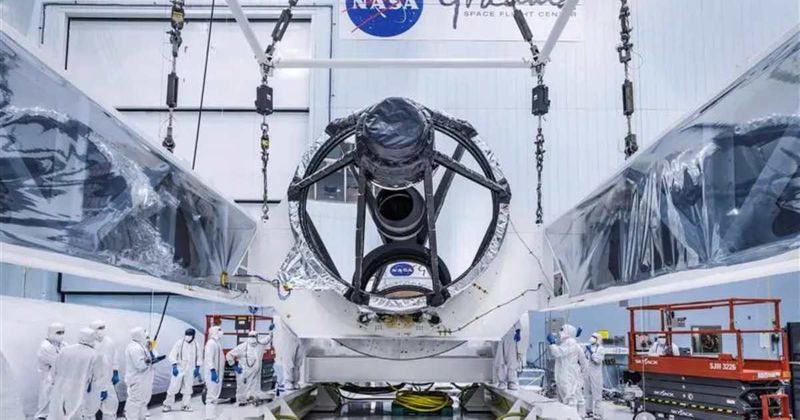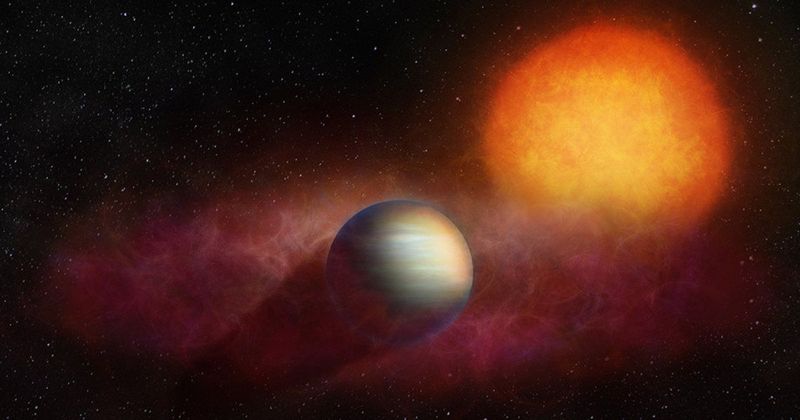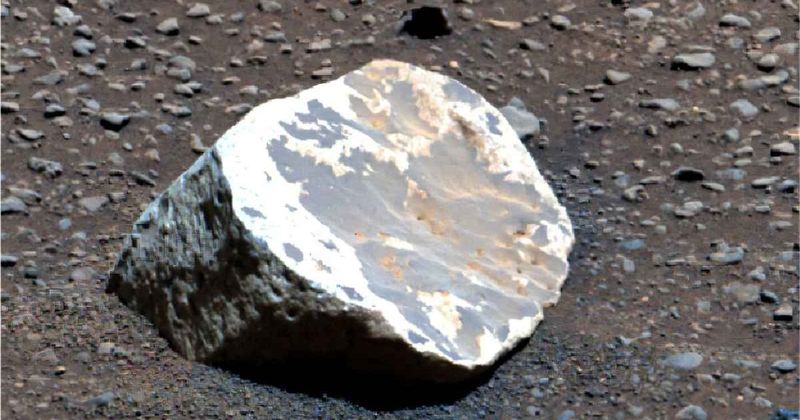Skywatching
Deep Sky Objects
Today's Moon Phase
Today's moon phase in Indianapolis
2 hours ago
Today's moon phase in Salt-lake-city
2 hours ago
Today's moon phase in Los-angeles
2 hours ago
MORE STORIES
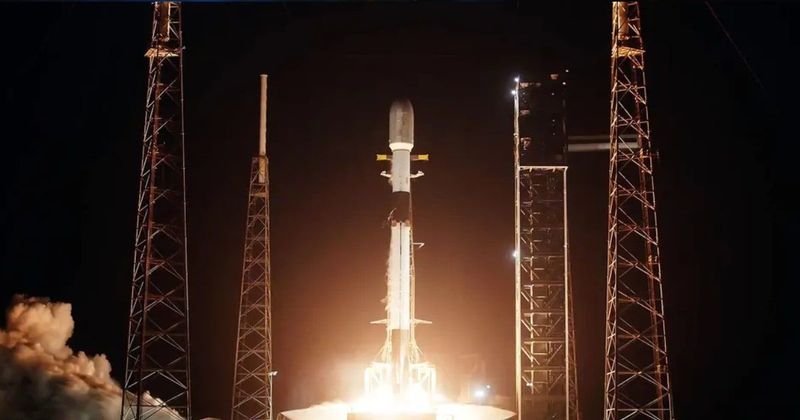
SpaceX’s Falcon 9 puts 29 more Starlink satellites in orbit after liftoff from Cape Canaveral
2 hours ago
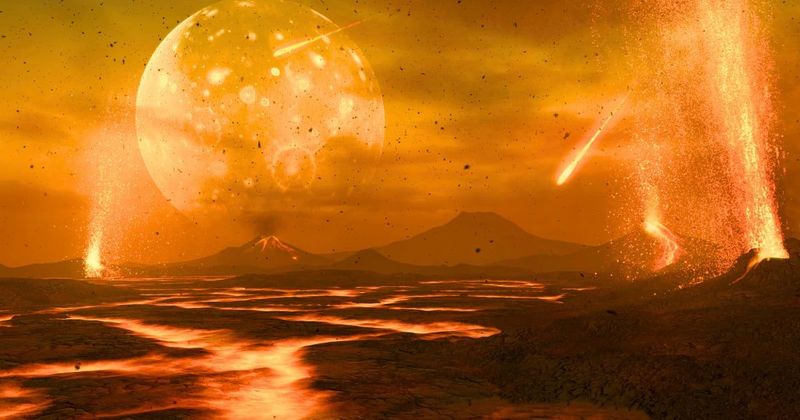
Scorching 'lava world' detected by James Webb Telescope surprises scientists with a thick atmosphere
2 days ago
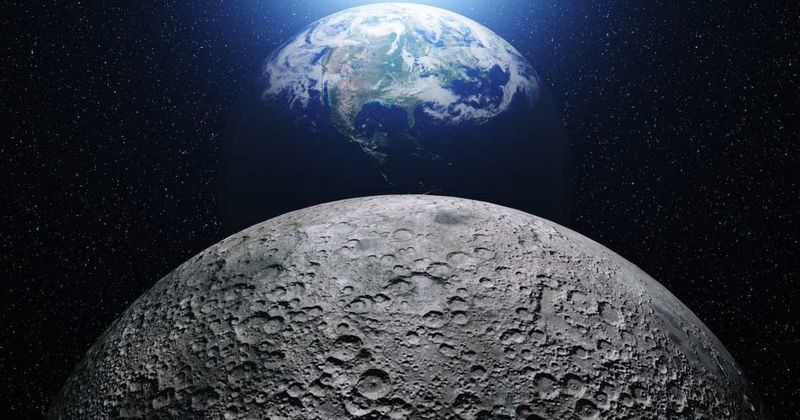
Earth's atmosphere hidden on the Moon may prove to be life-sustaining for future astronauts
3 days ago

Bizarre spider-like feature spotted on Jupiter's Moon Europa may be similar to those on Earth
3 days ago

3I/ATLAS update: First X-ray detection suggests the comet behaves like its solar system counterparts
4 days ago
Constellation
SPACEFLIGHT
-
SpaceX’s Falcon 9 puts 29 more Starlink satellites in orbit after liftoff from Cape Canaveral
2 hours ago -
NASA prepares for Moon landings, begins the most complex plume-surface interaction tests
3 days ago -
Blue Origin NS-37 mission will launch first astronaut in wheelchair to space
3 days ago -
China sets new space record with three Long March rocket launches within 19 hours
5 days ago -
SpaceX launches the classified NROL-77 mission from Cape Canaveral
5 days ago
